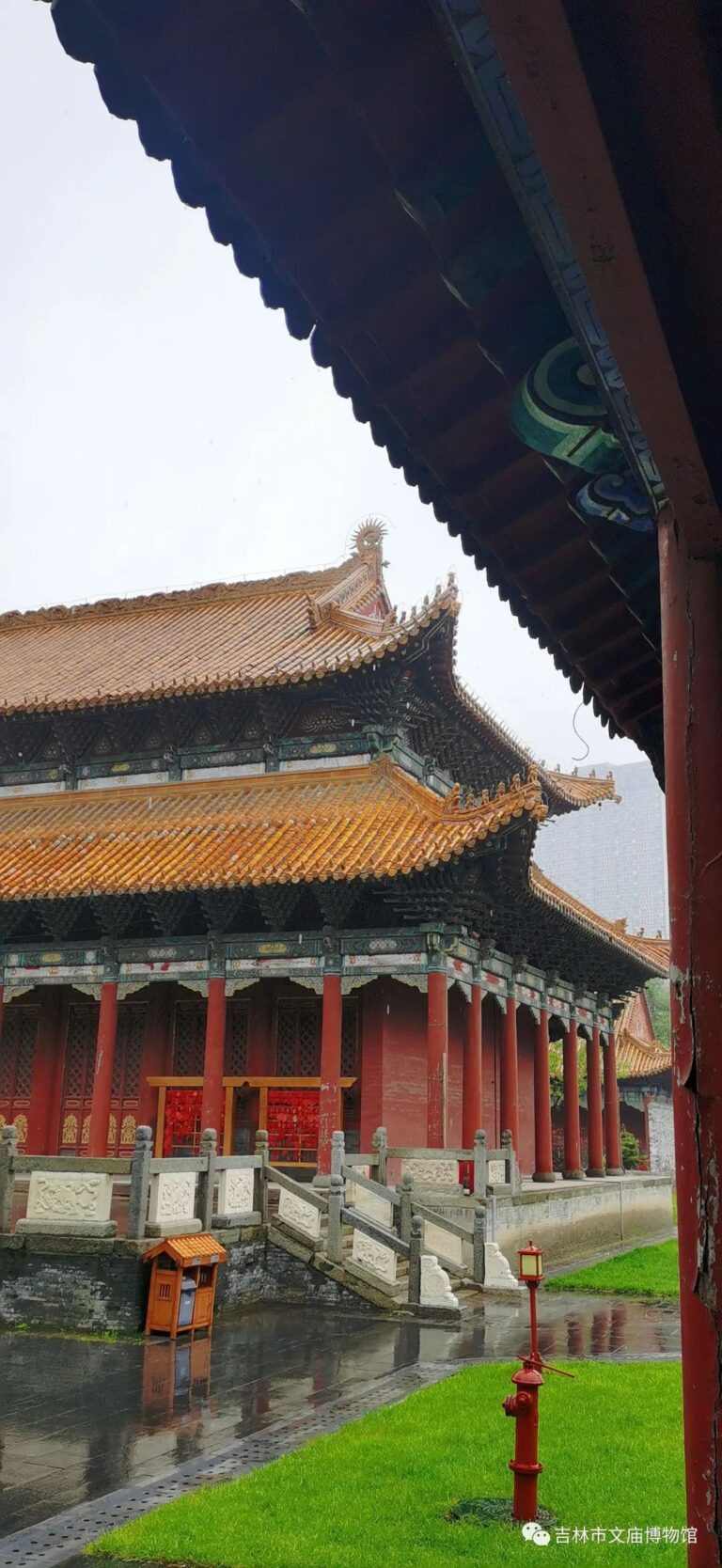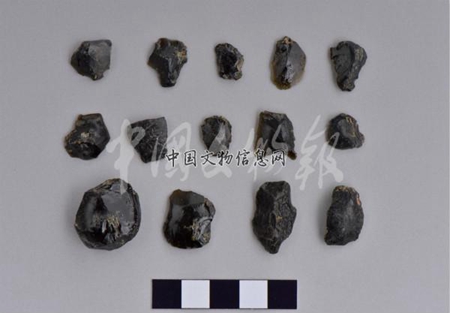Experience the Rich Culture and History of Bayingolin Zhuoerkute Gucheng Yizhi in Xinjiang
An Essential Guide to Visiting Bayingolin Zhuoerkute Gucheng Yizhi
In This Guide
- An Essential Guide to Visiting Bayingolin Zhuoerkute Gucheng Yizhi
- The Rich History of Bayingolin Zhuoerkute Gucheng Yizhi
- Main Highlights: What to See at Bayingolin Zhuoerkute Gucheng Yizhi
- Planning Your Visit: A Practical Guide
- Tickets, Hours, and Booking
- How to Get There
- Local Cuisine and Accommodation
- Frequently Asked Questions
- Final Thoughts on Your Trip
Nestled in the arid expanse of the Lop Nur desert in Xinjiang, the ruins of Bayingolin Zhuoerkute Gucheng Yizhi, or the Ancient City of Zhuoerkute, offer a poignant glimpse into a storied past that echoes the resilience of human settlement amidst the unforgiving landscape. This archaeological site, located approximately 25 kilometers southeast of Luntai County, stretches over 64 square kilometers and encapsulates the remnants of a civilization that thrived during the Han Dynasty, specifically under the reign of Emperor Zhao (circa 86-81 BC).
Zhuoerkute served as a vital outpost during the Wei, Jin, and Northern and Southern Dynasties, and was the second-largest city in the Lop Nur region after the famed Loulan. What remains today are the faint outlines of ancient walls and structures, partially buried in shifting sands, which tell tales of both grandeur and desolation. Visitors can explore the remnants of circular fortifications, residential areas characterized by unique wooden frameworks, and the remnants of agricultural practices that once flourished here.
Despite the heavy toll of natural erosion, the site continues to resonate with the echoes of its past, providing a profound connection to the forces of nature that have sculpted this landscape over millennia. Those who venture into this desolate yet mesmerizing expanse will find themselves not only tracing the footsteps of history but also contemplating the enduring spirit of humanity against the backdrop of vast natural power. The experience of standing amidst the ruins is a captivating reminder of the delicate interplay between civilization and the relentless march of time.
The Rich History of Bayingolin Zhuoerkute Gucheng Yizhi
Nestled in the arid expanse of the Lop Nur Desert in Xinjiang, the Bayingolin Zhuoerkute Gucheng Yizhi (卓尔库特古城遗址), or Zhuoerkute Ancient City Ruins, represents a significant historical site that echoes tales of ancient civilizations. This archaeological treasure, located approximately 25 kilometers southeast of the town of Lun Tai, is recognized as a national key cultural relic protection unit.
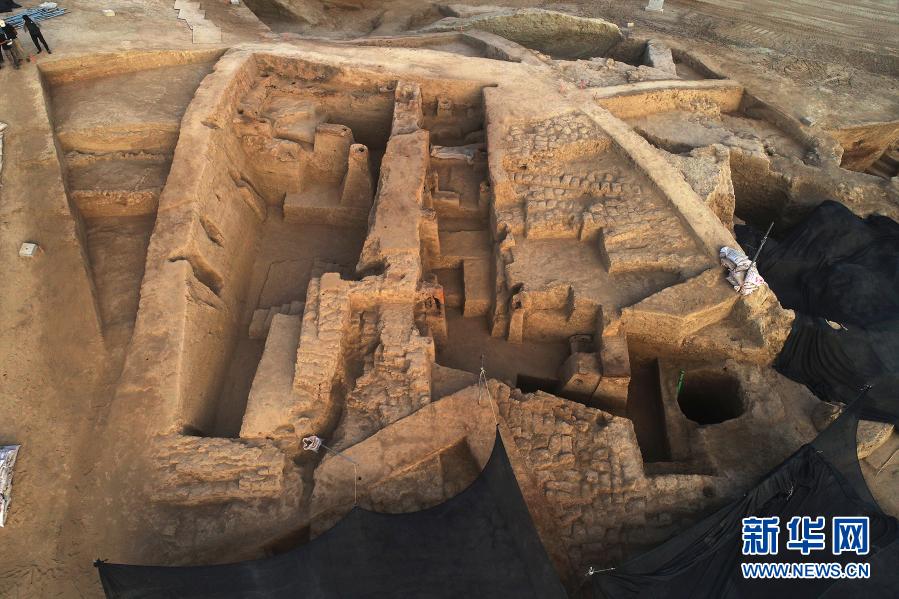
Bayingolin Zhuoerkute Gucheng Yizhi.
The site spans about 64 square kilometers and comprises the remains of two ancient cities known as LK and LL, along with various residential areas. Dating back to the Western Han Dynasty, the city is believed to have been established during the reign of Emperor Zhao (circa 86–81 BC) under the direction of the general Lai Dan. This strategic settlement served as a military outpost and administrative center, reflecting the Han Dynasty’s efforts to consolidate power and manage trade routes across the treacherous terrain of the Taklamakan Desert.
The architectural remnants within the site reveal a sophisticated urban planning strategy. The ancient walls, primarily constructed from rammed earth, once enclosed a circular city with sides measuring over 300 meters. Within its confines, structures such as warehouses and government buildings can be traced, alongside a small circular lake that hints at the city’s previous significance in trade and agriculture. Archaeological excavations have unearthed a wealth of artifacts, including pottery shards, grain husks, and tools, which provide insight into the daily lives of its inhabitants and their interaction with the surrounding environment.
Despite the ravages of time and natural erosion, the Zhuoerkute Ancient City stands as a poignant reminder of the region’s historical significance. Once the second-largest city in the Lop Nur area after Loulan during the Wei-Jin and Northern and Southern Dynasties period, it offers a stark contrast to the desolate landscape that now envelops it. Visitors to the site are often struck by the eerie yet majestic remnants of a civilization long past, evoking a sense of awe at the resilience of human endeavors against the backdrop of nature’s formidable forces.
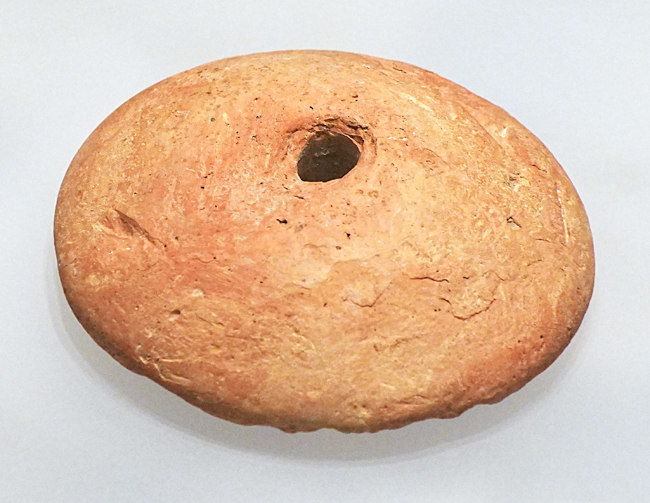
Bayingolin Zhuoerkute Gucheng Yizhi.
In 2019, the site was officially listed as a key cultural relic, ensuring its preservation for future generations. Today, it remains an important destination for historians, archaeologists, and travelers alike, eager to uncover the stories hidden within its sands and stones. The Zhuoerkute Ancient City Ruins not only reflect the rich tapestry of China’s history but also the enduring spirit of exploration and discovery that continues to captivate those who venture into this remote region.
Main Highlights: What to See at Bayingolin Zhuoerkute Gucheng Yizhi
Nestled in the arid expanse of the Lop Nur desert, the Bayingolin Zhuoerkute Ancient City Ruins offer a captivating glimpse into China’s historical tapestry. This archaeological site, spanning approximately 64 square kilometers, was once a bustling hub during the Wei, Jin, and Northern and Southern dynasties, second only to the famed Loulan city in the region.
Visitors can explore the remains of the ancient city, characterized by its earthen fortifications and residential structures. The city walls, crafted from rammed earth, encircle a unique circular layout, with a small circular lake at its heart. The remnants of wooden-framed houses, constructed with red willow branches and mud, provide insight into the architectural ingenuity of the time. Although natural erosion has taken its toll, leaving much of the site partially buried under the sands, the ruins still evoke a profound sense of history and the relentless power of nature.
A visit to Zhuoerkute is not merely a journey into the past; it is an immersive experience that allows travelers to feel the vastness of the desert and the historical significance of the site. The dramatic landscape surrounding the ruins enhances the feeling of isolation and grandeur, offering a stark but beautiful contrast to the remnants of human civilization.

Bayingolin Zhuoerkute Gucheng Yizhi.
Notably, this site is recognized as a national key cultural relic protection unit, reflecting its importance in China’s archaeological heritage. Archaeological finds, including grain husks, pottery shards, and ancient tools, have confirmed that the city was established during the reign of Emperor Zhao of the Han Dynasty (circa 86-81 BCE).
For those seeking adventure and exploration, the Zhuoerkute Ancient City Ruins are a must-visit destination that invites contemplation and appreciation for the enduring stories of the past, set against the breathtaking backdrop of one of China’s most remote deserts.
Planning Your Visit: A Practical Guide
Visiting the Bayingolin Zhuoerkute Gucheng Yizhi, or the Zhuoerkute Ancient City Ruins, offers a unique glimpse into the historical tapestry of China’s Xinjiang region. Here’s everything you need to know to make the most of your trip.
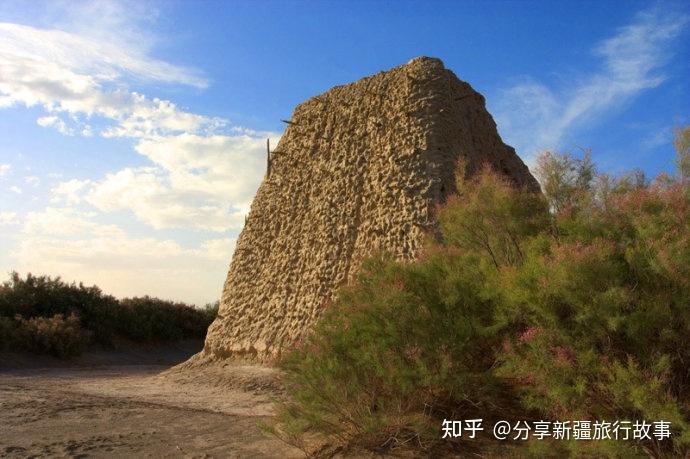
Bayingolin Zhuoerkute Gucheng Yizhi.
Getting There
The Zhuoerkute Ancient City Ruins are located approximately 25 kilometers southeast of Luntai County in the Bayingolin Mongol Autonomous Prefecture. The site is best accessed via private transportation or guided tours, as public transport options are limited. Renting a car or hiring a local guide is advisable for convenience and to enhance your experience.
Admission
Entry to the ancient city ruins is free, allowing visitors to explore the site without the burden of entrance fees. However, it’s wise to confirm the current status of the site, as operational hours may change. A visit typically requires a full day to appreciate the site’s vastness and historical significance.
What to Expect
The Zhuoerkute Ancient City Ruins are a remarkable archaeological site comprising remnants of ancient fortifications, residential areas, and other structures that date back to the Han Dynasty. The ruins span approximately 64 square kilometers, featuring two main ancient cities (LK and LL) and various residential sites.

Bayingolin Zhuoerkute Gucheng Yizhi.
As you walk through the site, you’ll encounter earthen walls and remnants of unique construction techniques, including mud-brick structures and wooden-framed buildings. The stark desert landscape surrounding the ruins adds to the atmosphere, emphasizing the power of nature as it gradually reclaims these historical remnants.
Recommended Duration
Allocate at least one full day to explore the ruins thoroughly. This time allows for leisurely exploration, photography, and contemplation of the ancient history that permeates the area. Be sure to bring plenty of water, as facilities are sparse, and the desert environment can be harsh.
Nearby Attractions
While in the vicinity, consider visiting other significant sites in the Bayingolin region. Notable nearby attractions include:

Bayingolin Zhuoerkute Gucheng Yizhi.
- Luntai Ancient City: A short distance away, this site also offers fascinating historical insights.
- Tarim Poplar Forest Park: Known for its stunning landscapes and unique flora, this park is perfect for nature enthusiasts.
- Kizil Caves: Famous for their ancient Buddhist art, these caves provide a cultural complement to your historical explorations.
Practical Tips
- Dress Appropriately: The region can experience extreme temperatures, so dress in layers and wear comfortable, sturdy shoes suitable for walking on uneven terrain.
- Sun Protection: Bring sunscreen, sunglasses, and hats to protect against the strong sun, especially during midday.
- Photography: The ruins provide excellent opportunities for photography. Consider visiting during sunrise or sunset for stunning lighting.
- Respect the Site: As a protected archaeological area, it’s crucial to respect the ruins by not climbing on structures or removing any artifacts.
Conclusion
A visit to Zhuoerkute Ancient City Ruins is more than just a trip; it’s an opportunity to connect with the ancient past of Xinjiang. With careful planning and an adventurous spirit, you can immerse yourself in the history and beauty of this remarkable location.
Tickets, Hours, and Booking
Visiting the Bayingolin Zhuoerkute Gucheng Yizhi (卓尔库特古城遗址), also known as the Zhuoerkute Ancient City Ruins, is a unique experience, offering a glimpse into the rich history of the region. Entry to this ancient site is free, making it an accessible destination for all travelers.
Visiting Hours and Recommendations
While the site is open for visitors without an entry fee, it is advisable to check in advance for any specific opening hours or seasonal variations, as these can change. Plan to spend approximately a full day exploring the ruins and surrounding areas to truly appreciate their historical significance and the natural beauty of the environment.
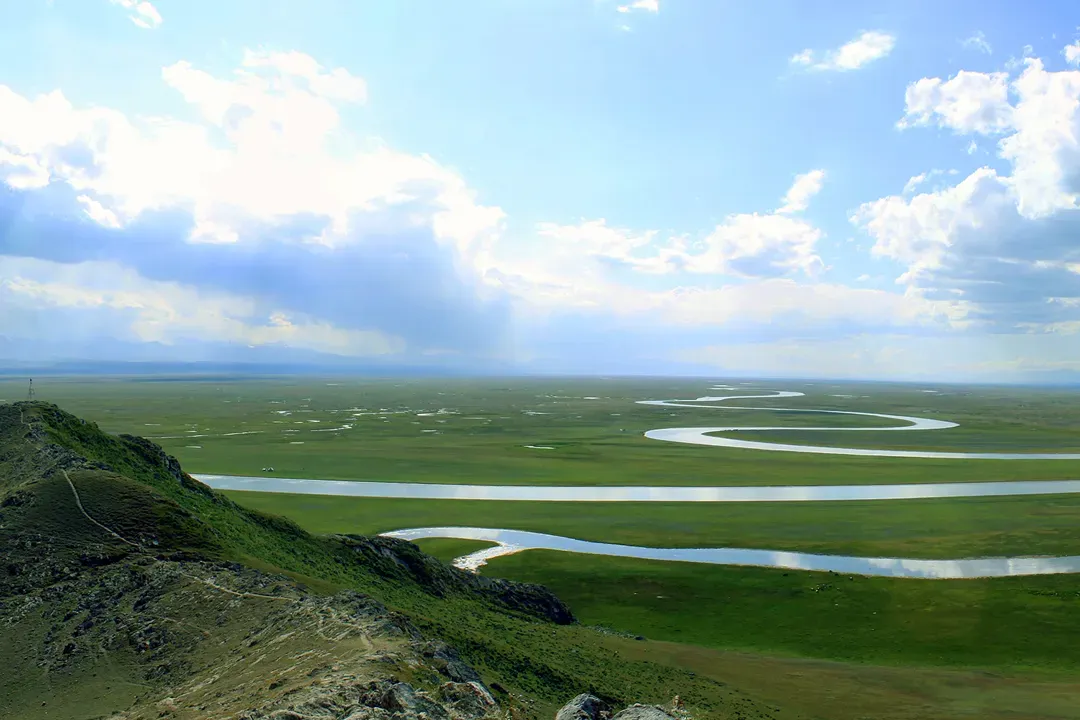
Bayingolin Zhuoerkute Gucheng Yizhi.
Location and Accessibility
The ancient city ruins are located about 25 kilometers southeast of Luntai County, nestled in the desolate southwestern desert of the Lop Nur area. Visitors can reach the site by car or local transport, but it is recommended to arrange for a guide or join a tour group for a more enriching experience, as they can provide context and insights into the ruins’ historical background.
Nearby Attractions
While at the Zhuoerkute Ancient City Ruins, consider visiting other nearby attractions such as the Lop Nur South Ancient City and various natural landscapes that highlight the stunning desert environment. These additional sites can enhance your visit and provide a broader understanding of the region’s cultural heritage.
Tips for a Memorable Visit
- Bring Water and Snacks: Given the remote location, it’s wise to carry sufficient water and light snacks, particularly if you plan to explore extensively.
- Dress Appropriately: The desert environment can be harsh, so wear comfortable clothing and sturdy shoes, and consider layers to adapt to temperature changes.
- Photography: Don’t forget your camera! The ancient ruins against the backdrop of the desert landscape create stunning photographic opportunities.
With no ticket fees and the allure of ancient history, the Bayingolin Zhuoerkute Gucheng Yizhi is a must-visit for both history enthusiasts and adventure seekers alike.
How to Get There
Reaching the Bayingolin Zhuoerkute Gucheng Yizhi (卓尔库特古城遗址), or the Zhuoerkute Ancient City Ruins, requires a bit of planning, as it is situated in a remote area of Xinjiang, approximately 25 kilometers southeast of Luntai County. Here’s a comprehensive guide to navigating your way to this fascinating archaeological site.
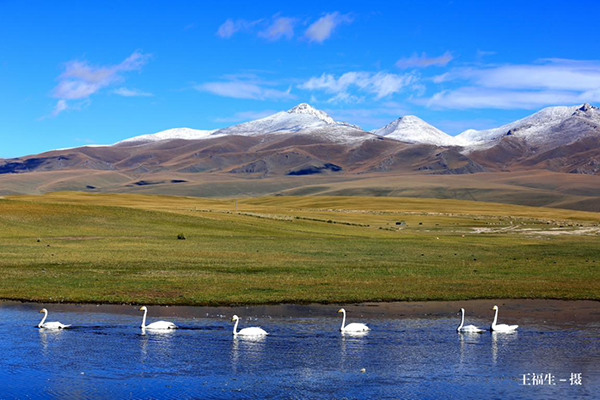
Bayingolin Zhuoerkute Gucheng Yizhi.
By Air
The nearest major airport is in Ku’erle (Korla), which is about 160 kilometers from the ruins. Ku’erle Airport is well-connected with flights from major Chinese cities like Urumqi and Beijing. From the airport, you can rent a car or take a taxi to reach the ancient city site.
By Train
For those preferring train travel, the Luntai Railway Station is the closest stop, located approximately 30 kilometers from the ruins. Luntai is accessible via train services from larger cities like Urumqi and Ku’erle. Once you arrive at Luntai, local taxis or ride-sharing services can take you to the ancient site.
By Road
Traveling by car is one of the most convenient ways to explore the area. If you’re driving from Ku’erle, take the G315 road heading southeast towards Luntai. The journey offers scenic views of the landscape, and you can expect it to take around two to three hours, depending on traffic and road conditions.
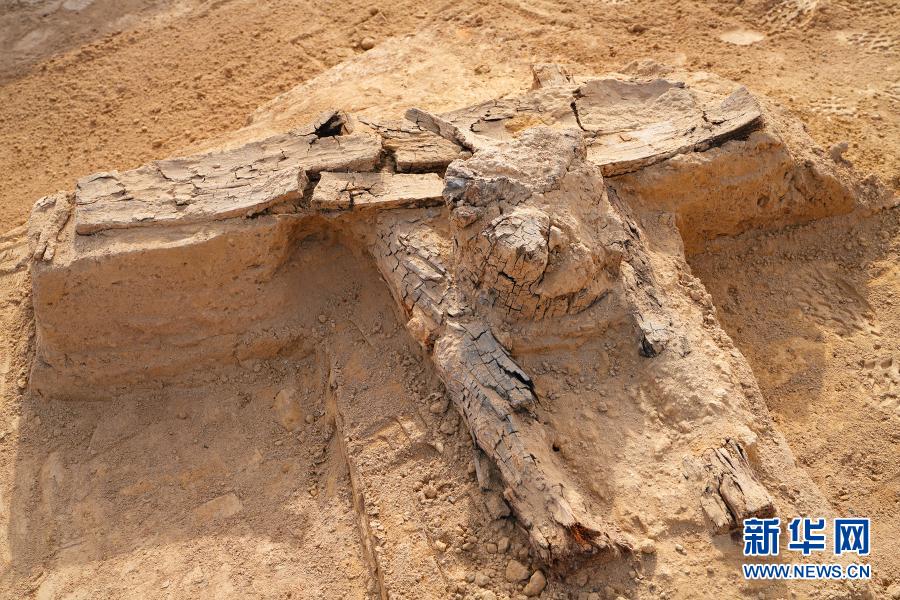
Bayingolin Zhuoerkute Gucheng Yizhi.
Alternatively, buses from Ku’erle and Luntai offer regular services. Be sure to check the local schedules, as they can vary. The journey by bus typically takes a couple of hours.
Local Transportation
Once you reach the Zhuoerkute Ancient City Ruins, the site is relatively compact, and walking is the best way to explore the area. The ruins are set in a stunning desert landscape, providing an immersive experience. However, be prepared for rough terrain and bring plenty of water, especially in warmer months.
Tips for Travelers
- Plan Ahead: Due to the remote location, it’s advisable to check transportation schedules in advance.
- Car Rentals: If you choose to rent a vehicle, ensure you have a GPS or map, as signage may be limited in the area.
- Local Guides: Consider hiring a local guide for a more informative experience, as they can provide insights into the history and significance of the ruins.
With the right transportation plan, visiting the Bayingolin Zhuoerkute Gucheng Yizhi will be an unforgettable adventure into the heart of Xinjiang’s ancient history.
Local Cuisine and Accommodation
When visiting the historical site of Bayingolin Zhuoerkute Gucheng Yizhi, an exploration of local culinary delights and comfortable accommodations can greatly enhance your experience. Nestled within the unique landscape of Xinjiang, this ancient city offers a range of options for travelers.

Bayingolin Zhuoerkute Gucheng Yizhi.
Dining Options
-
West Region Mixed Noodles – Just a short distance from the site, this eatery specializes in traditional noodle dishes that capture the essence of the region’s flavors. The menu features a variety of options, including spicy and savory combinations, perfect for those looking to fuel up after a day of exploration.
-
Chuanfu Restaurant – Located approximately 24 kilometers away, this restaurant is renowned for its Sichuan cuisine. Expect a vibrant array of dishes that include spicy hot pots and flavorful stir-fries, ideal for adventurous diners.
-
Stone Mill Tofu Rice – For a more casual dining experience, this spot offers hearty bowls of rice topped with fresh homemade tofu. It’s a great choice for those seeking a light yet fulfilling meal that showcases local ingredients.
Accommodation Suggestions
-
Yunji Hotel – With a stellar rating of 4.9, this hotel is known for its comfortable rooms and excellent service. It provides an ideal base for travelers looking to explore the surrounding areas, including the ancient ruins.
-
Luntai Lidu Express Hotel – A budget-friendly option with a 4-star rating, this hotel offers clean and convenient accommodations. It’s perfect for those who want to stay close to the main attractions without breaking the bank.
-
Jinxing Grand Hotel – This well-rated hotel combines modern amenities with traditional hospitality. With comfortable rooms and on-site dining, it provides a relaxing atmosphere after a day spent wandering through the historical site.
-
Fuhua Junyue Hotel – Located near the Luntai Bus Station, this hotel offers easy access to public transportation. With a 4.5-star rating, guests appreciate its cleanliness and friendly staff, making it a reliable choice for travelers.
In summary, whether you are indulging in Xinjiang’s rich culinary heritage or resting in one of the region’s cozy accommodations, Bayingolin Zhuoerkute Gucheng Yizhi is well-equipped to make your visit memorable.
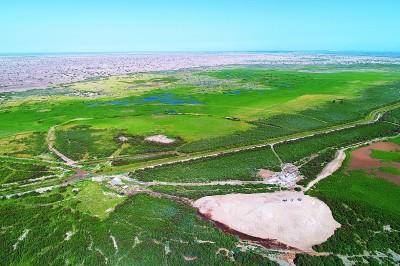
Bayingolin Zhuoerkute Gucheng Yizhi.
Frequently Asked Questions
-
What is the location of Bayingolin Zhuoerkute Gucheng Yizhi?
The site is located approximately 25 kilometers southeast of Luntai County in the Bayingolin Mongol Autonomous Prefecture, Xinjiang, China. -
Is there an entrance fee to visit the ancient city ruins?
No, entry to Bayingolin Zhuoerkute Gucheng Yizhi is free of charge. -
How long should I plan to spend at the site?
A visit typically lasts about one day, allowing ample time to explore the ruins and soak in the historical atmosphere. -
What are the notable features of the ancient city ruins?
The site includes remnants of ancient mud-brick walls, residential areas constructed using wooden frames, and a semi-buried landscape due to natural erosion. Visitors can also find a circular lake and the remains of buildings from the Han Dynasty era. -
What is the best time to visit the ruins?
It is advisable to visit in spring or autumn when the weather is milder, making exploration more comfortable. Summer can be extremely hot, while winter may bring harsh conditions. -
Are there any amenities or facilities available at the site?
The site is largely undeveloped, so there are no formal amenities such as restrooms or food services. Visitors should prepare accordingly, bringing necessary supplies like water and snacks. -
What transportation options are available to reach the site?
Visitors can reach the site by car or taxi from Luntai County. Public transportation options may be limited, so renting a vehicle or arranging a guided tour is recommended for convenience. -
What should I bring when visiting the ruins?
It’s advisable to wear comfortable shoes for walking, bring sun protection like hats and sunscreen, and carry plenty of water. A camera is also recommended to capture the stunning landscapes and ancient structures.
Final Thoughts on Your Trip
Visiting Bayingolin Zhuoerkute Gucheng Yizhi is more than just a journey into the past; it’s an immersive experience that connects you with the echoes of ancient civilizations. Nestled within the stark beauty of the Taklamakan Desert, this archaeological site offers a poignant reminder of the resilience of human history against the relentless forces of nature. As you wander through the remnants of this once-thriving city, you’ll be enveloped by a profound sense of wonder and contemplation, feeling the weight of time that has shaped this landscape.
The juxtaposition of ancient ruins against the vast desert creates a unique atmosphere that inspires both reflection and adventure. Whether you’re an archaeology enthusiast, a history buff, or simply someone seeking a unique travel experience, the allure of Zhuoerkute’s ruins is undeniable. Take the time to explore this hidden gem, and you may find yourself transformed by the stories whispered in the wind, the secrets buried beneath the sands, and the indomitable spirit of those who called this place home.
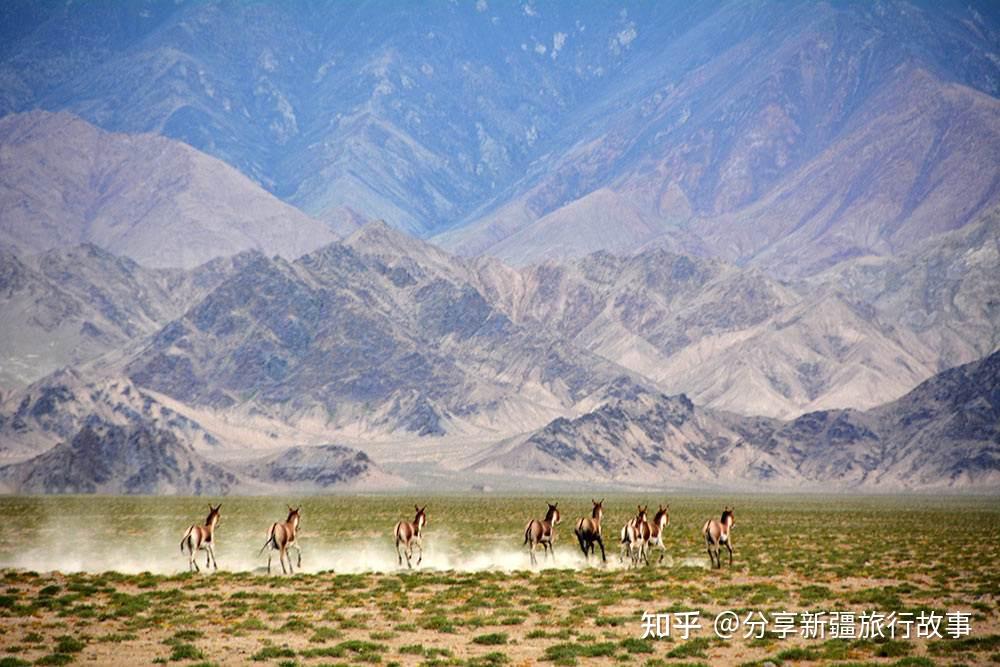
Bayingolin Zhuoerkute Gucheng Yizhi.
In a world that often rushes by, let the stillness of this ancient site remind you to pause, reflect, and appreciate the legacies that continue to shape our understanding of humanity. Embrace the journey, and allow the echoes of the past to enrich your travel experience.


